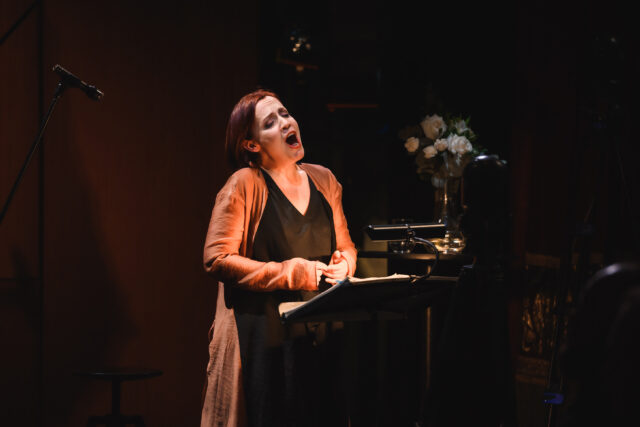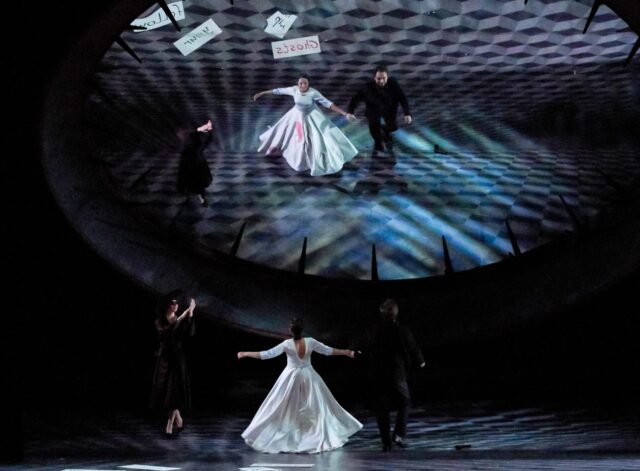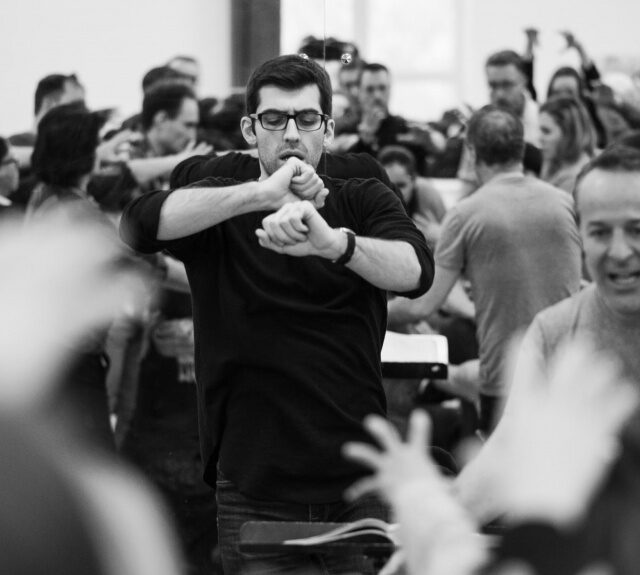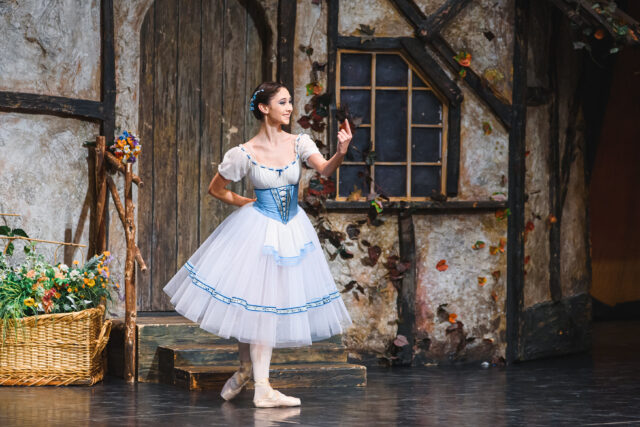
Ballets by George Balanchine: Apollo, Rubies, La Sonnambula
November 25, 2018
19:00–21:30
November 25, 2018
19:00–21:30
Perm Opera and Ballet Theatre
25A, Petropavlovskaya St.
+7 (342) 212-30-87
+7 (342) 212-54-85
Other events

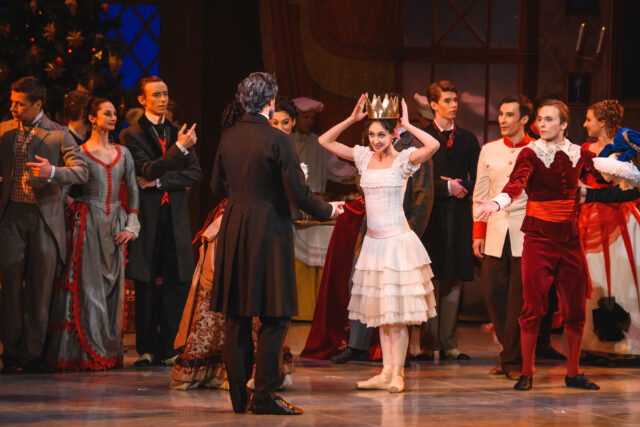
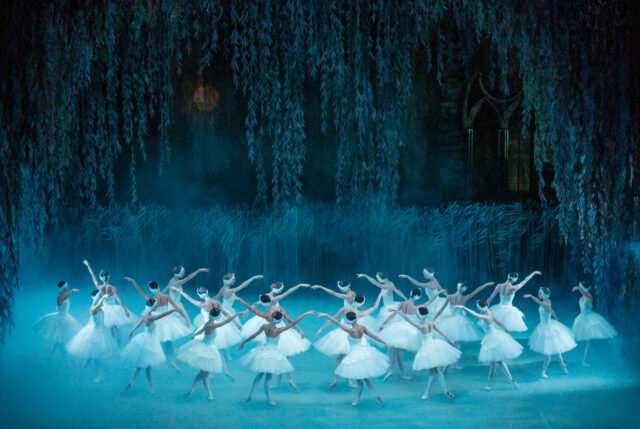
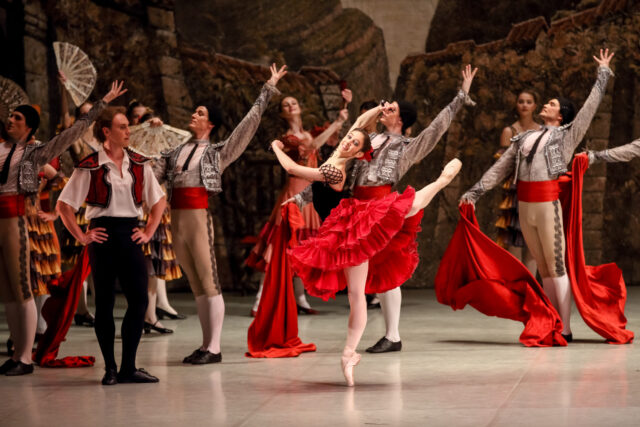
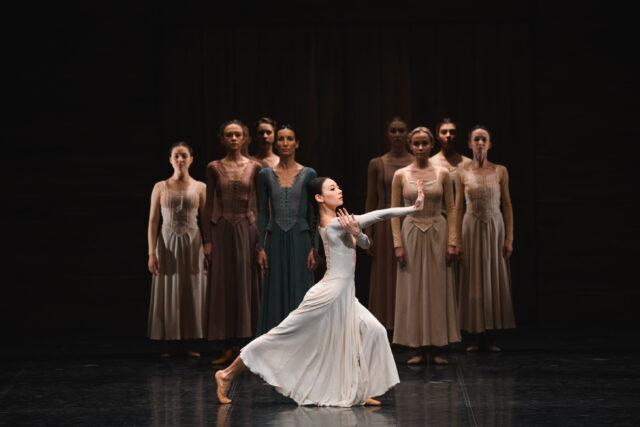
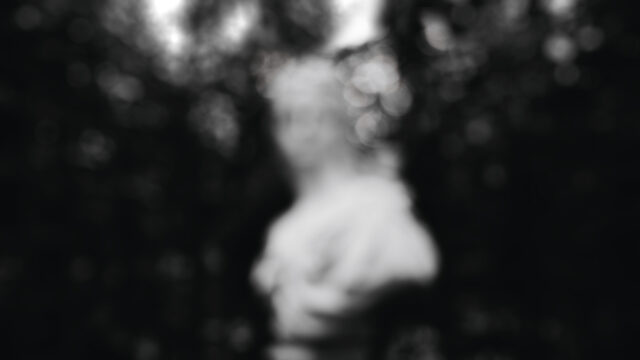
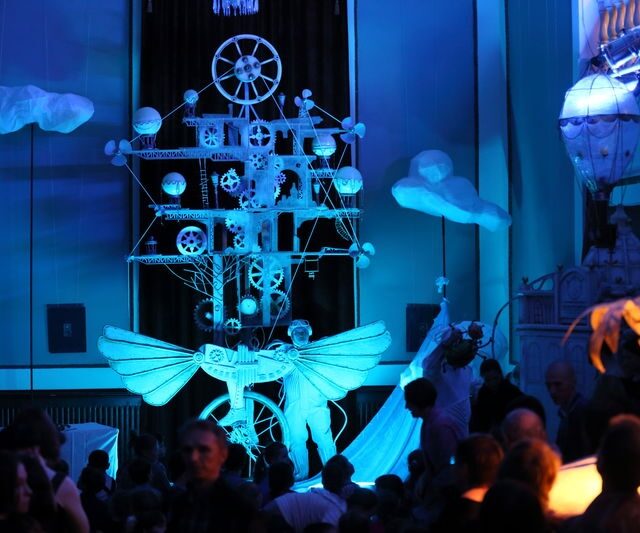
Ballets by George Balanchine: Apollo, Rubies, La Sonnambula
November 25, 2018
19:00–21:30
November 25, 2018
19:00–21:30
